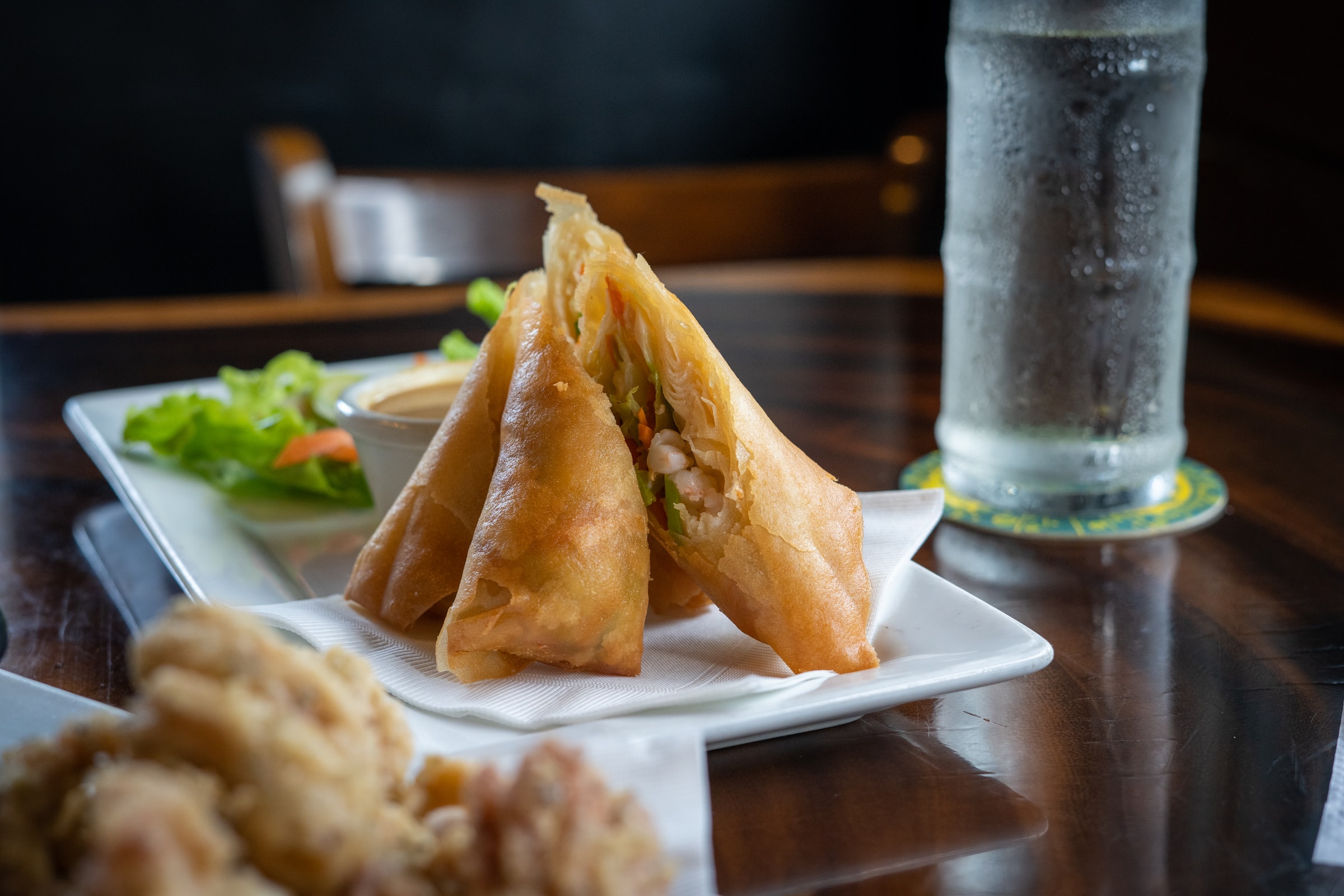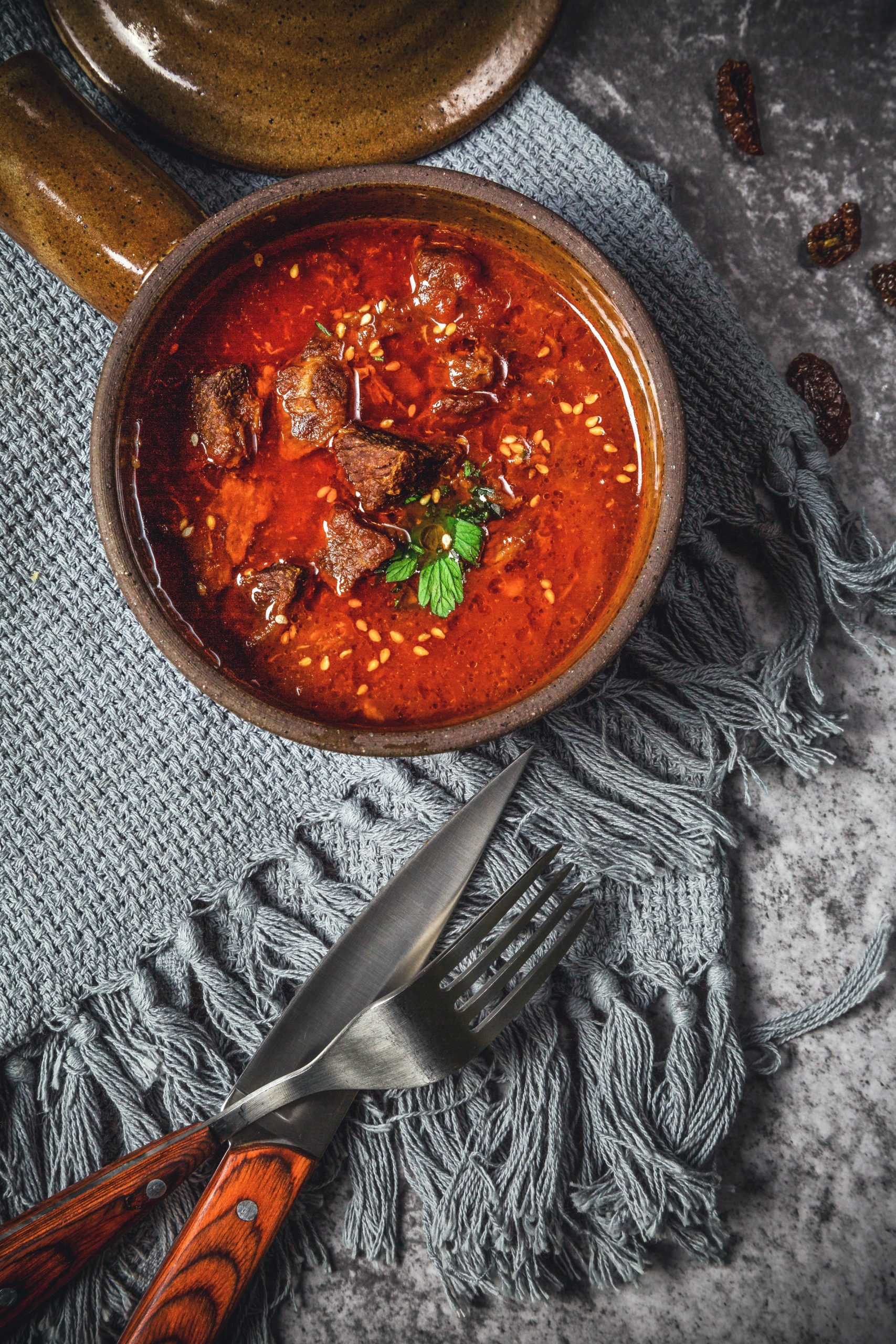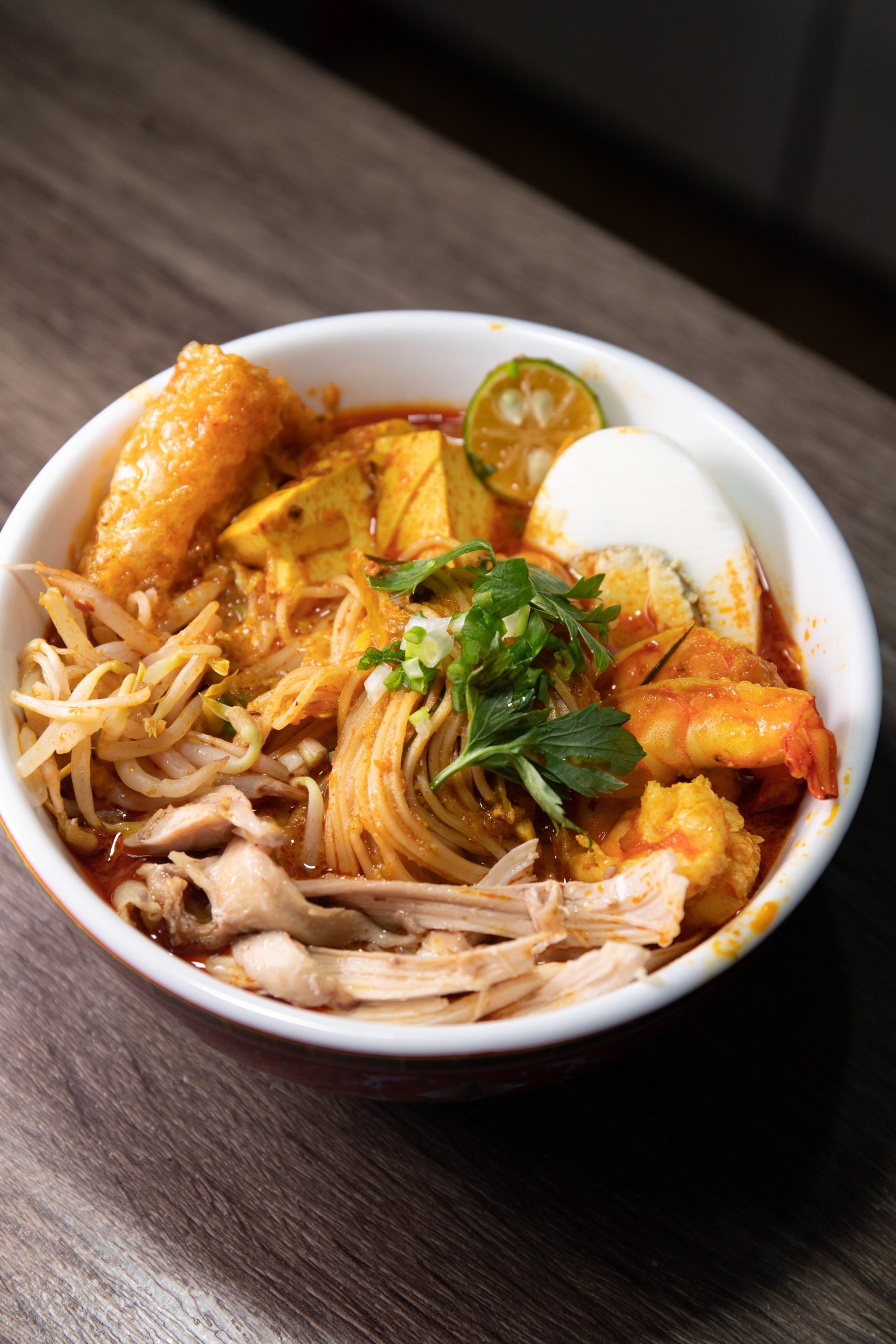
Top 7 Best Dishes To Try In Singapore
Covering an area of 728.6 km², Singapore is one of the smallest countries in the world. Its population of 5 million is composed of descendants of migrants from Europe, China, India, and the Middle East. With its rich tradition and cultural diversity, this island country has quickly become a favorite place for travelers thirsty for discovery. For food lovers, Singaporean gastronomy is a marvel to explore. Here are some typical dishes of this beautiful Asian country.
Background

To go further, Singapore’s heritage cuisine has chosen fusion to give its gastronomy another dimension. From Chinatown to Little India, passing by Kampong Gelam or Joo Chiat, all the finesse of Asian influences offer the refined gourmets new culinary experiences. With its elaborate flavors, rich textures, and sophisticated spice blends, Singaporean cuisine has already delighted taste buds around the world…
To experience them, nothing beats the hawker centers. These gatherings of stalls dot the city and offer the best of Singapore’s cuisine at any time of the day. The thousands of street cooks found there are the custodians of these dishes refined over the years. In 2020, it was the consecration when the Hawker culture of Singapore was recognized and registered as a UNESCO World Heritage Site.
1. Ya Kun Kaya Toast
Let’s start the list with the local breakfast: the kaya toast. These are toasted toasts filled with salted butter and kaya (a spread made from coconut and pandan). In restaurants, these delicacies are served with soft-boiled eggs and soy sauce and a nice cup of tea. You can easily find jars of kaya in supermarkets or even grocery stores. It is an excellent opportunity for you to bring some back home and share it with your friends.
2) Popiah

Popiah is Singaporean-style spring rolls. To make them, we mix bean sprouts, shrimps, peanuts, omelet strips, lettuce, chili, and coriander, all rolled up in a patty. A real treat!
3) The chili crab
Made of whole crab with its chili sauce, chili crab is one of Singapore’s signature dishes. When you’re done with this dish, you can perfectly dip your bread in the remaining sauce (it’s tradition!). Local chefs can also suggest other crab dishes such as butter crab, crab hoon, or salted egg yolk crab.
4. Devil’s curry

The name of the dish may be scary, but the taste is not! Inherited from European and indigenous descendants, Devil’s curry is on the list of Singapore’s iconic dishes. It is prepared with chicken drizzled with vinegar cooked in a pot over a low flame and spiced with various spices such as curry, turmeric, mustard seeds, galangal, or lemongrass.
5. Nasi lemak
Inspired by Malaysian cuisine, nasi lemak is a traditional dish made from rice cooked in coconut milk and pandan leaves. Typically, nasi lemak is served on fresh banana leaves and accompanied by a dish of fried fish, chicken, hard-boiled eggs, roasted peanuts, and sliced cucumbers. Its unmistakable taste and slightly fragrant smell make it a much sought-after dish in Singapore’s top restaurants.
6. Laksa

Laksa is a soup made with thick wheat noodles or vermicelli mixed with shrimp, fish, or chicken. Missing this dish would be inconceivable when talking about culinary discovery in Singapore. To make the laksa paste, cooks use wheat, shrimp paste, laksa leaves, and many spices, including turmeric. Sometimes they add a few drops of vegetable oil to enhance the fragrance and taste of the preparation. Coconut milk is also used in this soup, giving it a thick and creamy consistency.
7. The Cendol
As said from the beginning, Singaporean gastronomy is a mixture of several culinary specialties from other countries, including India. Cendol is, for example, a very popular Indian dessert that tourists in Singapore love. It usually consists of green rice noodles, pandan, coconut milk, and palm sugar mixed with crushed ice. Some fast foods, roadside stands, or restaurants also prepare it with red beans, gelatin, glutinous rice, sweet corn, and durian.
Sound off in the comments section below and tell us what you want to read next and if you want to read more about Singaporean cuisine.



